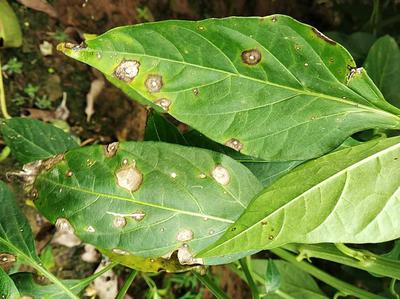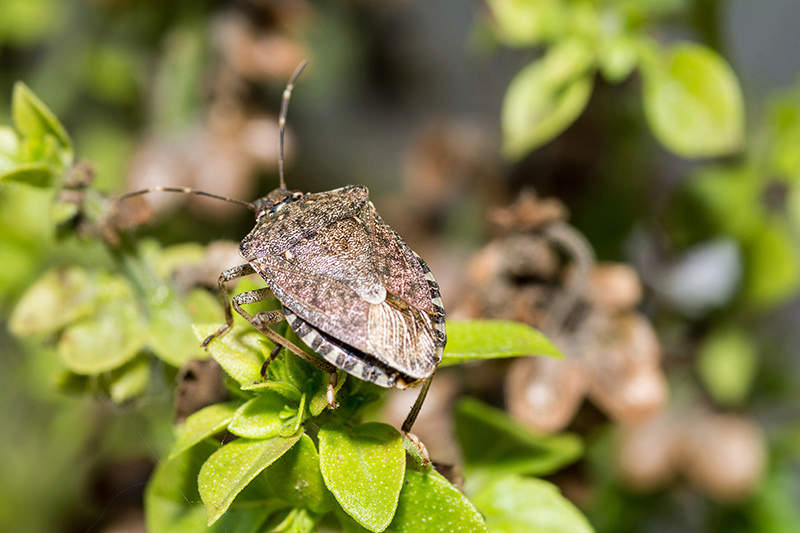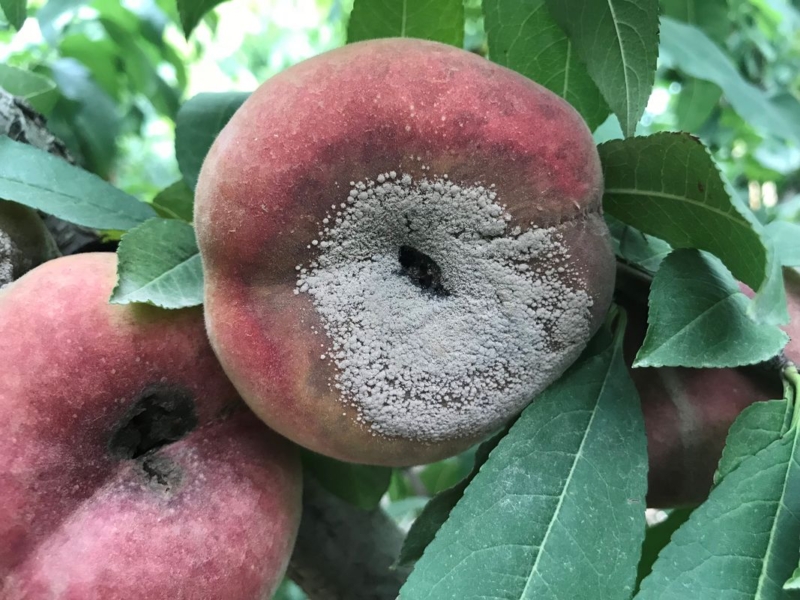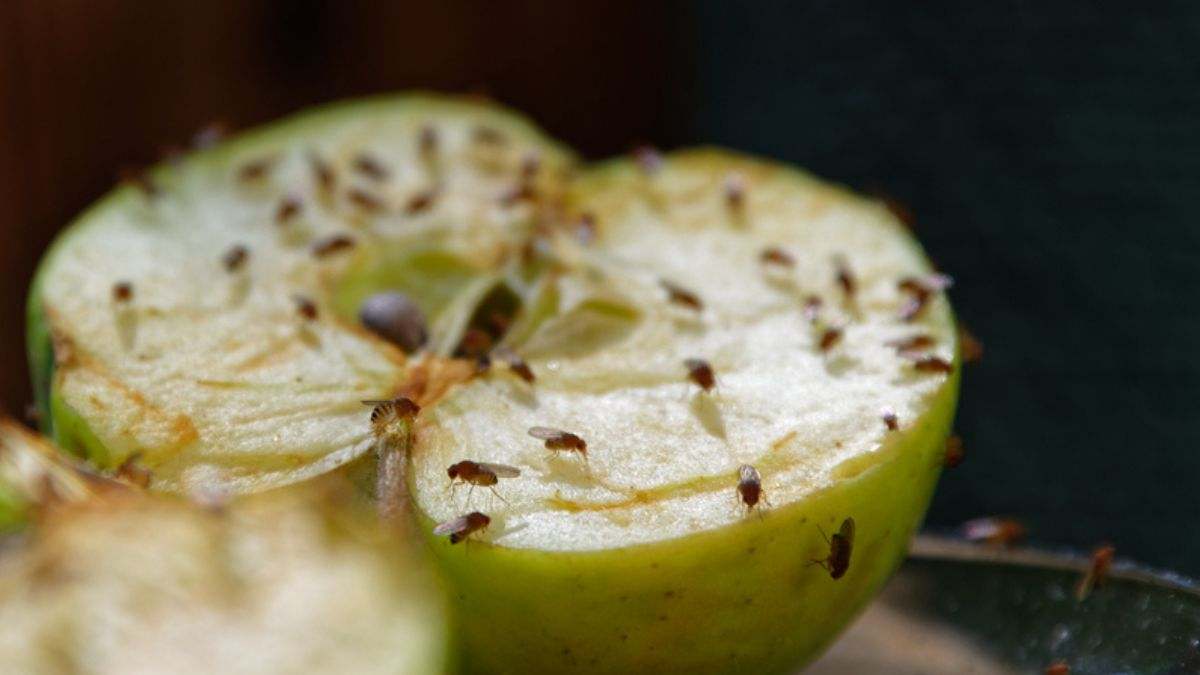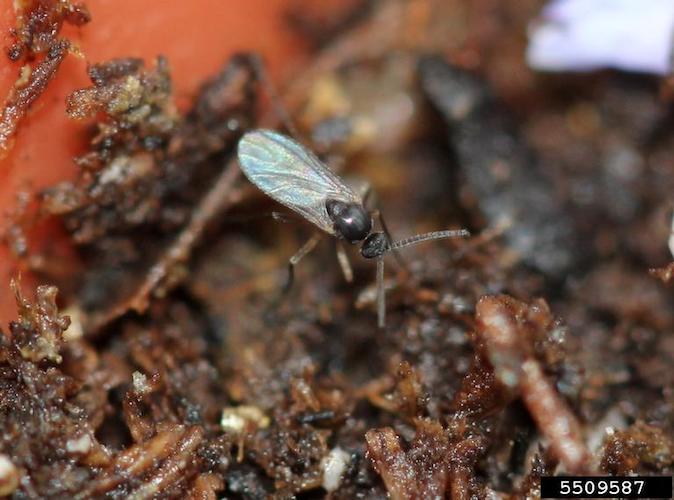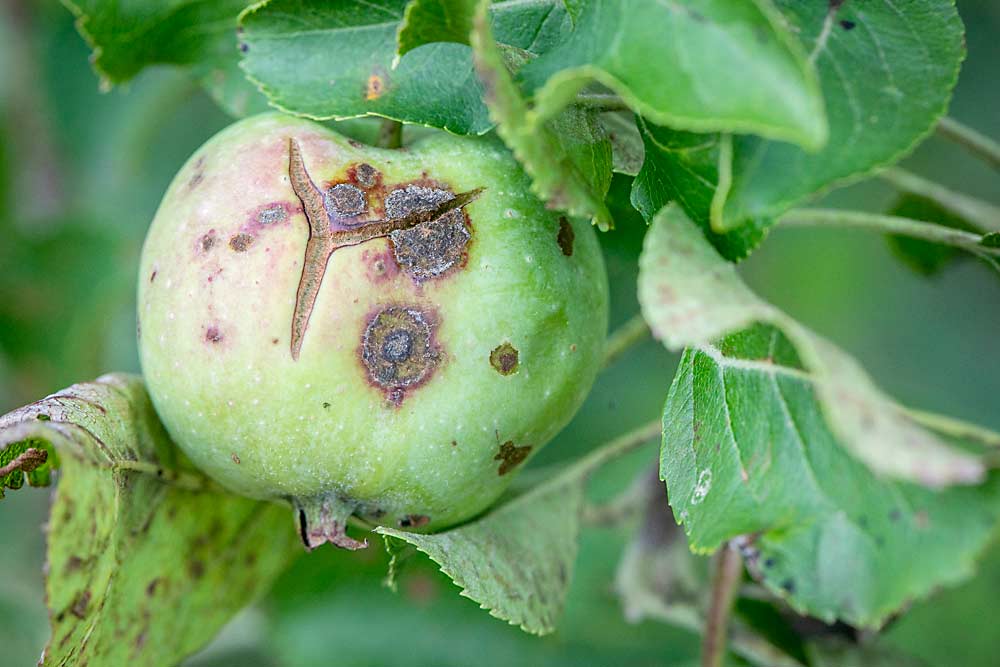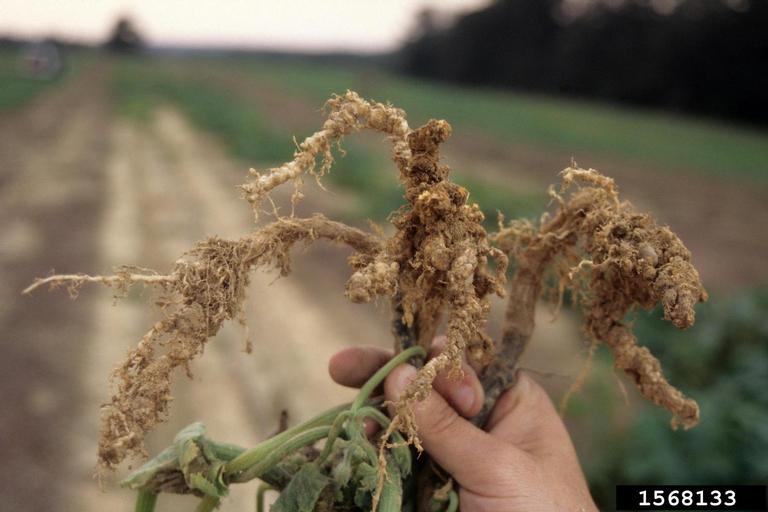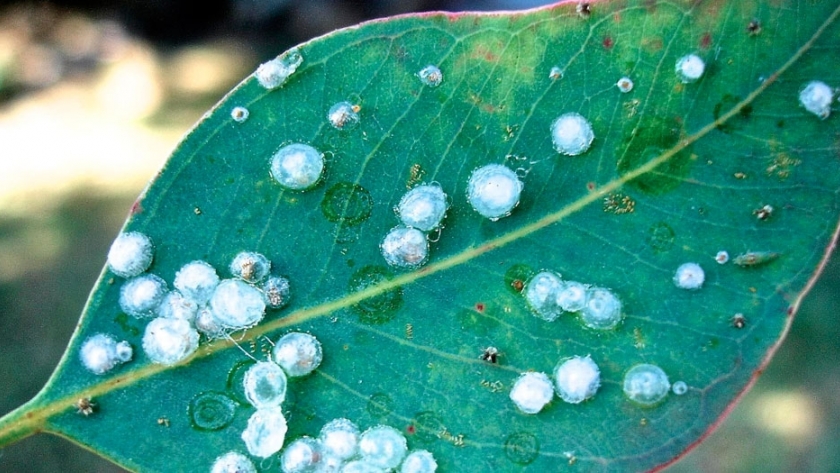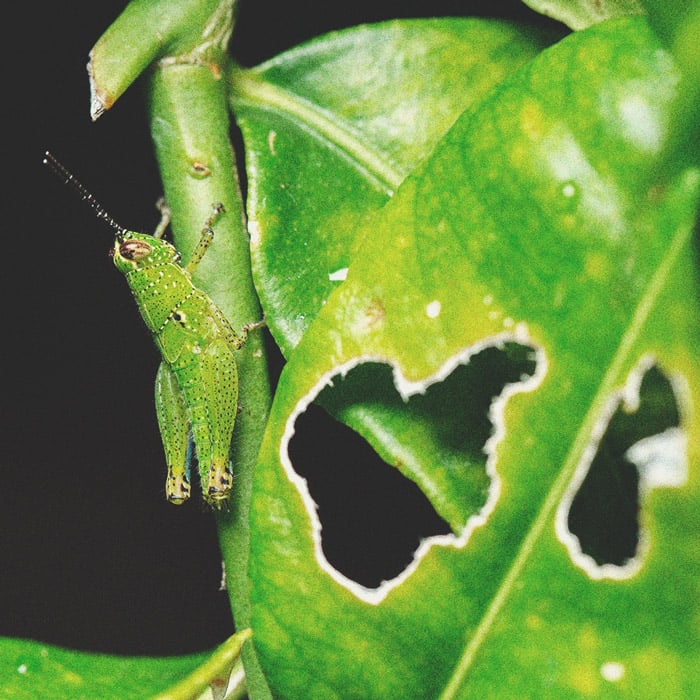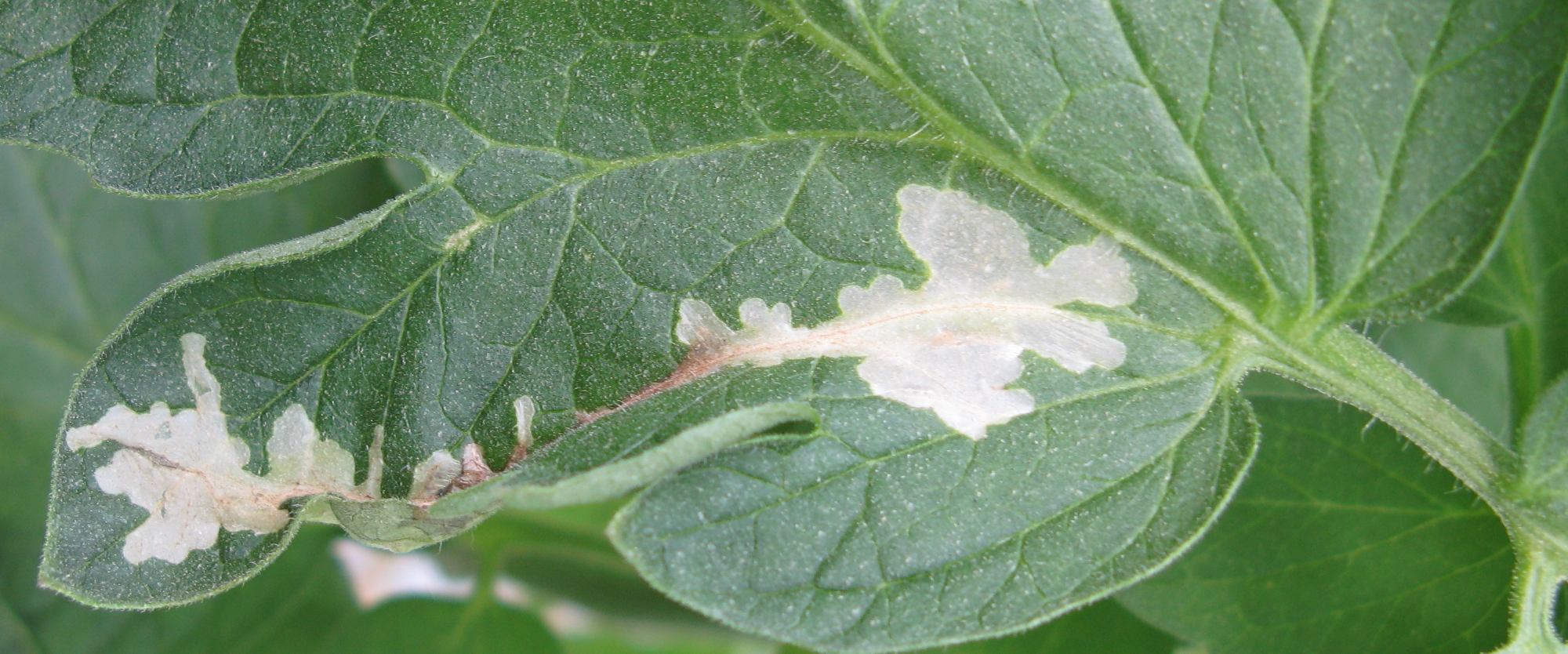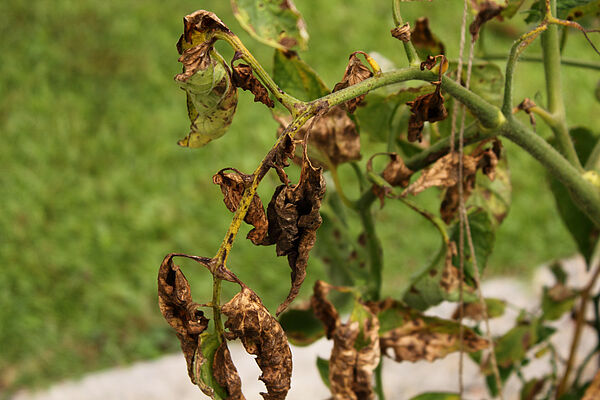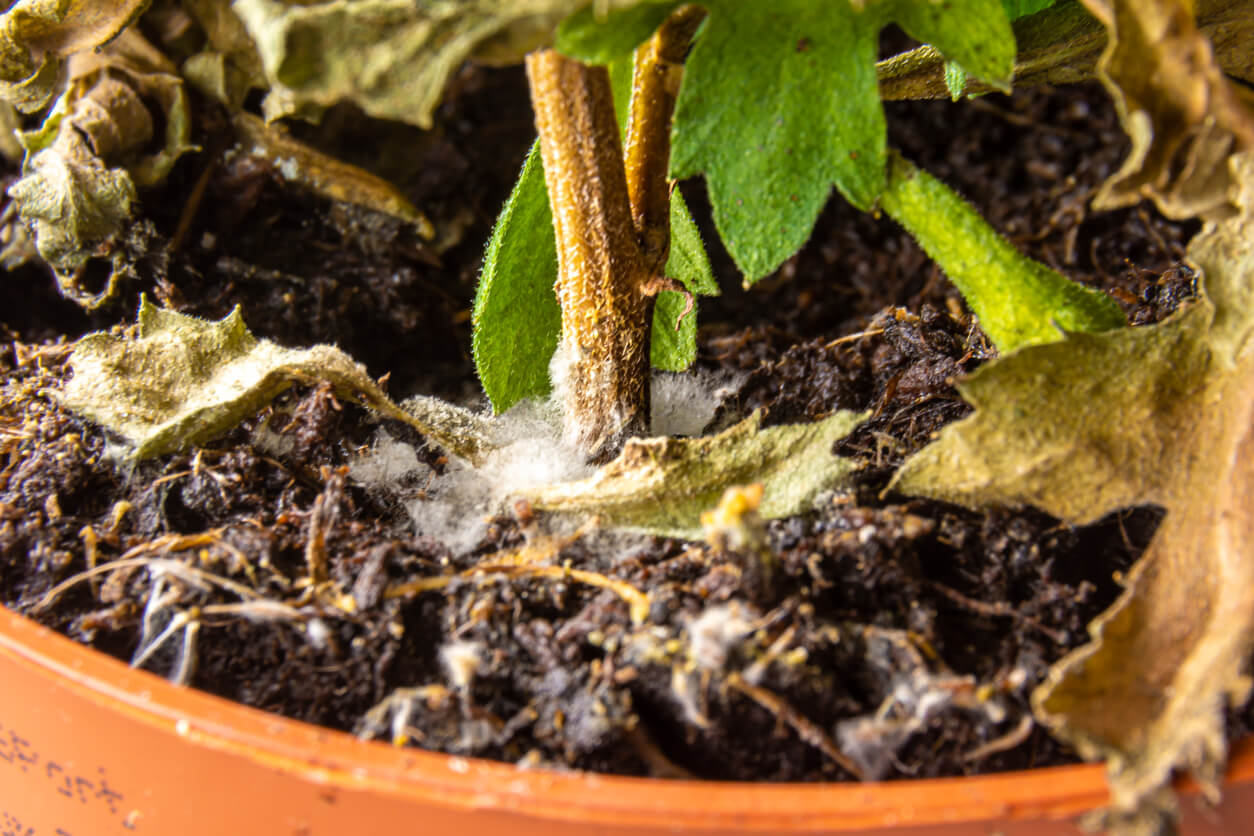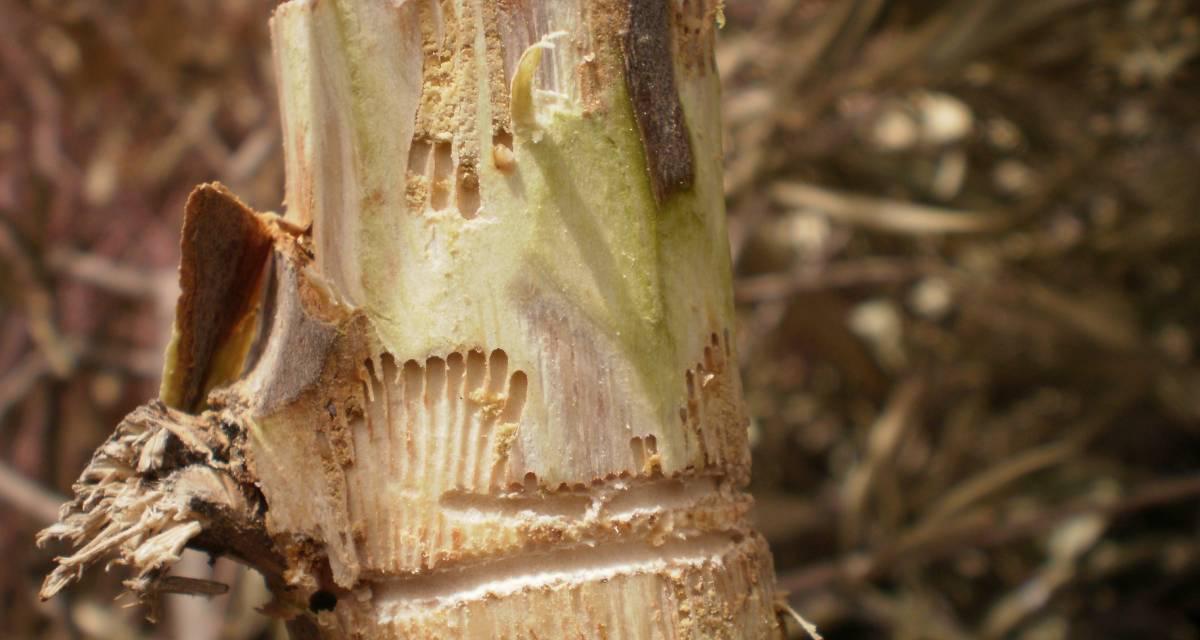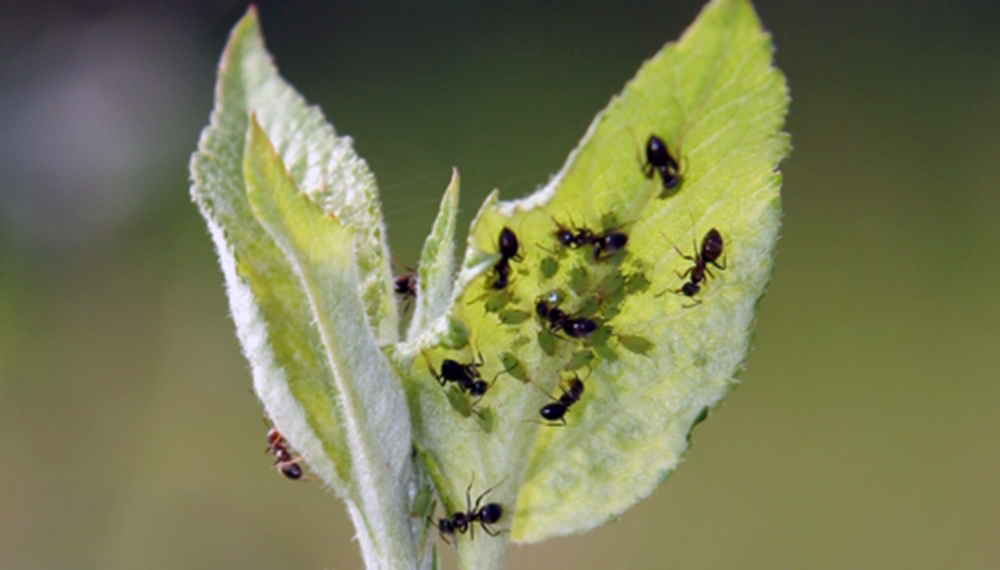
Mildew
WHAT IT IS AND HOW TO ELIMINATE
Vid
Mildew
Plasmopara Viticola
Pathogen:
Oomycete
Type:
Risk to the plant:
HIGH
Mildiu

WHO CAUSES IT?
Plasmopara viticola is an oomycete pathogen that mainly affects grapevines, causing a devastating disease under favorable climatic conditions. This organism overwinters in the form of hardy oospores found in the remains of infected plants, such as fallen leaves on the ground. With the arrival of spring and adequate humidity, the oospores germinate producing sporangia that release motile zoospores. These zoospores swim in the water and reach the young tissues of the plant, where they penetrate through the stomata and form structures called haustoria within the plant cells to extract nutrients. Subsequently, the fungus develops sporangiophores that emerge from the stomata and produce new sporangia, which are dispersed by wind and rain, initiating new infections. This cycle can repeat several times during the season, especially under hot and humid conditions, allowing rapid spread of the disease.
SYMPTOMS
Downy mildew caused by Plasmopara viticola causes significant damage to the vine, especially to young shoots, leaves and bunches of grapes. Infections begin with the appearance of oily Taches on the surface of the leaves, which eventually turn yellow and brown, causing necrosis. If left uncontrolled, the disease can seriously compromise grape production, reducing both the quality and quantity of the harvest.
- Yellowish Taches on the leaves, known as oil Taches.
- Necrosis on the leaves that spreads rapidly, causing them to fall prematurely.
- Deformation and wilting of young shoots.
- Affectation of grape clusters, which can rot before ripening.
- Formation of a whitish powder on the underside of the leaves, composed of sporangia.
- Loss of vigor in the affected plant and general decrease in production.
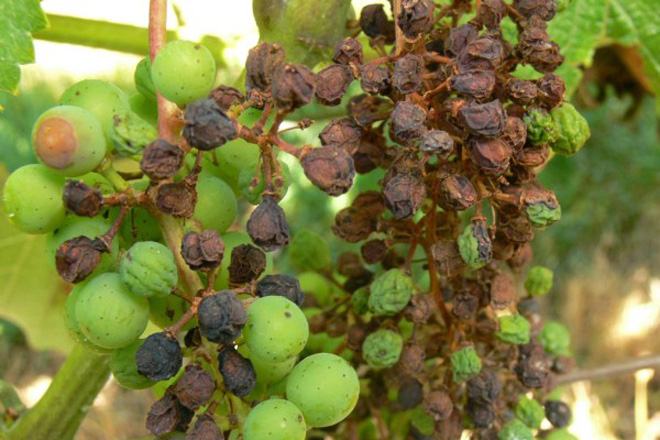
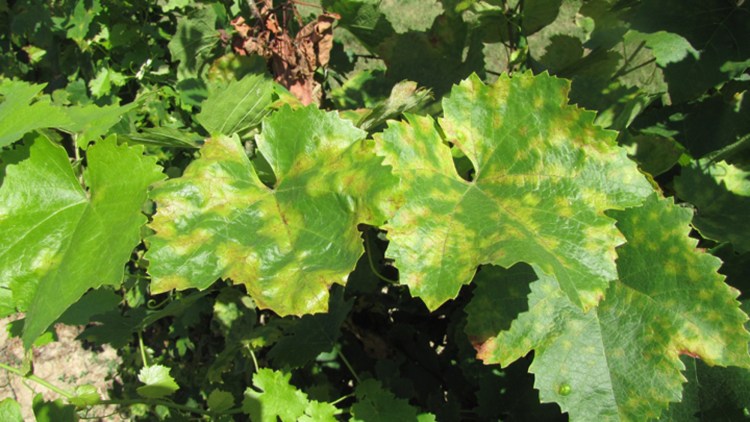
DEVELOPMENT CONDITIONS
Temperature:
10°C - 27°C
Humidity:
80% - 100%
HOW IS IT SPREAD?
Sporangia transported by wind, rainwater, irrigation splashes, contact with contaminated tools, infected plant remains in the soil
HOW TO ELIMINATE IT?
Home treatments
Natural allies
There are no natural allies
Chemical treatments
RECOMMENDED PRODUCTS TO ELIMINATE THE PEST
PLANTAS REPELENTES
-
RECOMMENDATIONS
- Avoid wetting the leaves when watering, do it directly to the soil or substrate
- Avoid flooding since water is the main route of transmission of this pathogen
- Leave enough space between plants for air to circulate
- Check your plants frequently, especially after rain or high humidity
- Remove and discard diseased leaves to prevent further spread
- Use natural fungicides such as horsetail extract or baking soda if the problem is mild.
- If the problem persists, look for a specific fungicide for downy mildew and follow the instructions for use





